stabilization
Latest
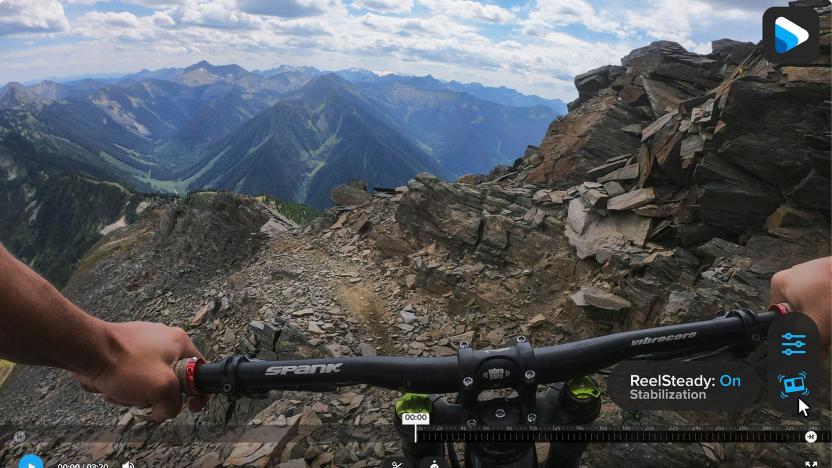
GoPro's new Player + ReelSteady app adds stabilization and 360 tools
GoPro has unveiled Player + ReelSteady, a replacement for the GoPro Player app with added technology from GoPro's acquisition of ReelSteady.

Insta360's upgraded Go 2 action cam will have a 'Minions Edition'
Insta360 Go 2 is a thumb-sized action cam bundled with several handy accessories, and it no longer has a time limit for normal video recording.

GoPro's updated remote can control five cameras at a time
GoPro has unveiled a wireless remote to make action shooting easier, along with firmware updates that bring new features and performance improvements to the Hero 9 Black, Hero 8 Black and Max cameras.
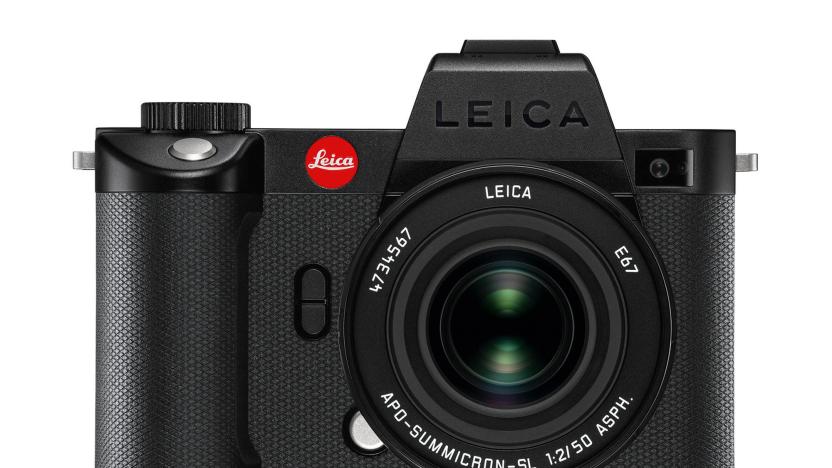
Leica’s SL2-S is a $4,895 beast with 4K 60 fps video capability
Leica has launched the SL2-S, a sportier and cheaper version of its flagship 47-megapixel, $5,995 mirrorless SL2 camera.
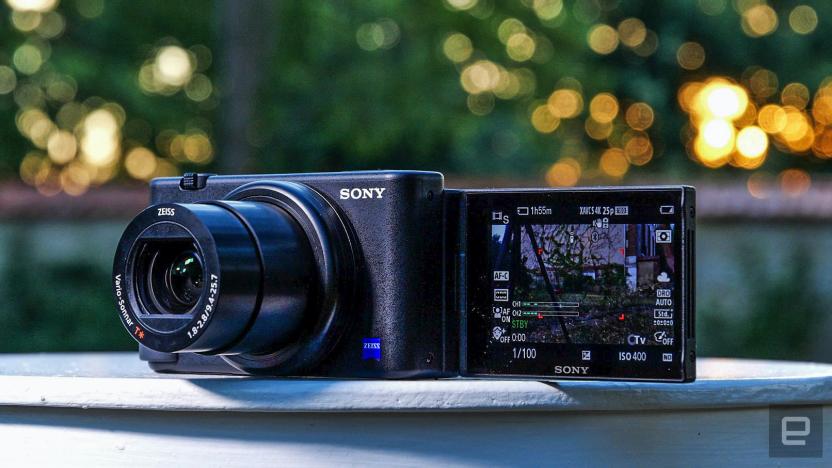
Sony ZV-1 review: A powerful, portable vlogging camera
With the launch of the ZV-1, Sony decided that vlogging is big enough to warrant a camera specifically for it. Every feature is made for folks who mostly shoot video of... themselves. And beginners will love the magical autofocus and hybrid stabilization
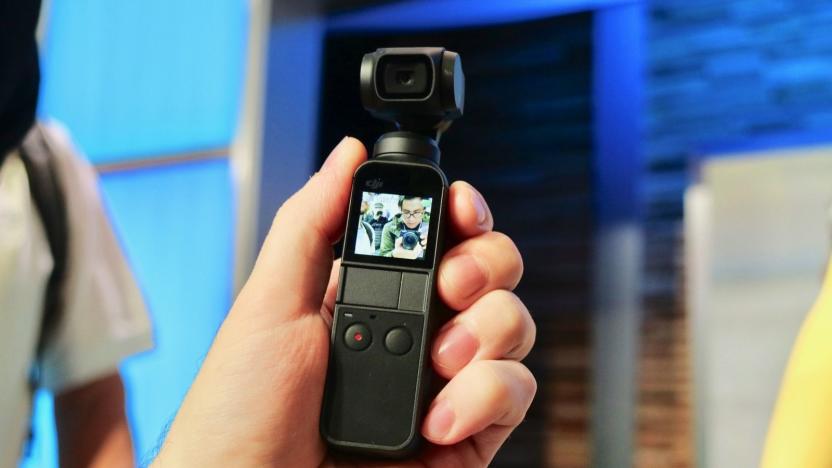
DJI’s Osmo Pocket gimbal camera drops to $250 on Amazon
Originally listed at $399, the Osmo Pocket dropped to $250 on Amazon today.

Vivo explains the X50 Pro's gimbal-like camera stabilization
The main benefit of this micro gimbal camera is obviously the more powerful optical stabilization, especially when shooting videos in low-light conditions — the combination of the dual-axis micro gimbal and 3-axis electronic stabilization vastly reduces shakiness.
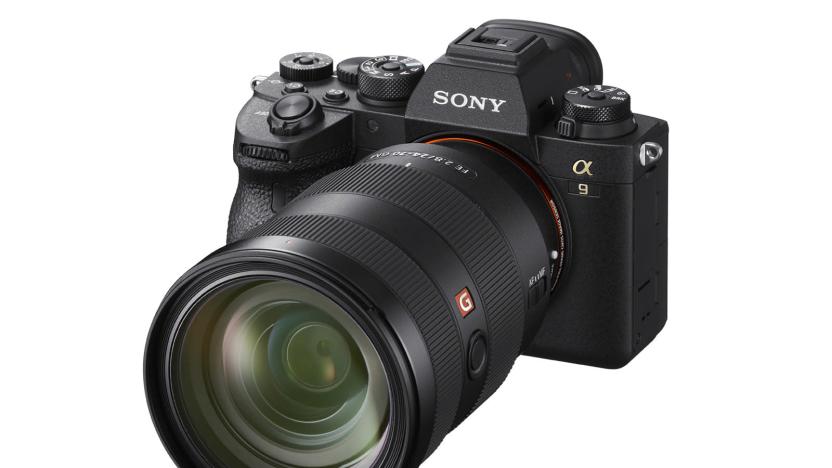
Sony's A9 II mirrorless camera has faster, smarter autofocus
Most photographers loved the speed of Sony's full-frame A9, but were less fond of the handling and durability. With today's launch of the Alpha A9 II full-frame mirrorless camera, Sony has addressed a lot of those issues. It has the same unbeatable shooting speeds as before, but is more rugged and weatherproof thanks to a new, anti-shock shutter and better seals and covers. At the same time, a redesigned grip makes it easier to handle, especially if you're shooting for hours with a long telephoto lens.
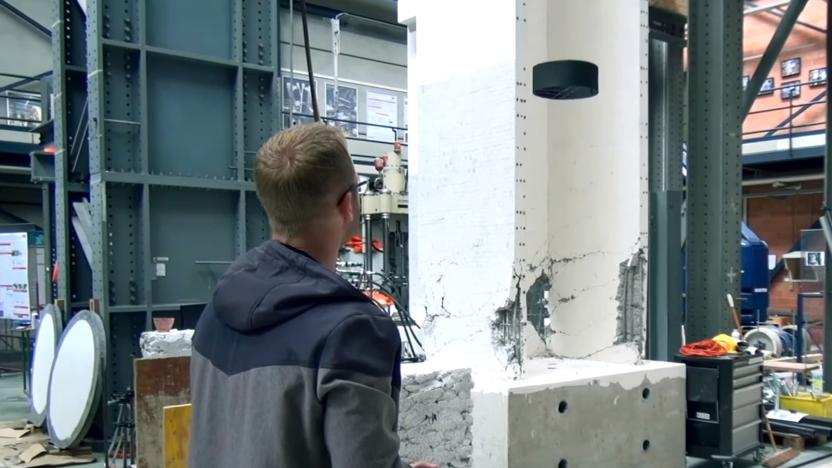
'Flying saucer' drone can fly twice as long as regular models
The biggest problem with drones is their lack of endurance, but Swiss researchers have developed a new model that helps reduce that problem. Eschewing the regular four blade design, EPFL startup Flybotix's drone has just two propellers, letting it fly twice as long as regular models. It's just as easy to pilot as a standard UAV, but the increased longevity and small size makes it ideal for inspecting dangerous areas or doing search and rescue in a collapsed building, for instance.
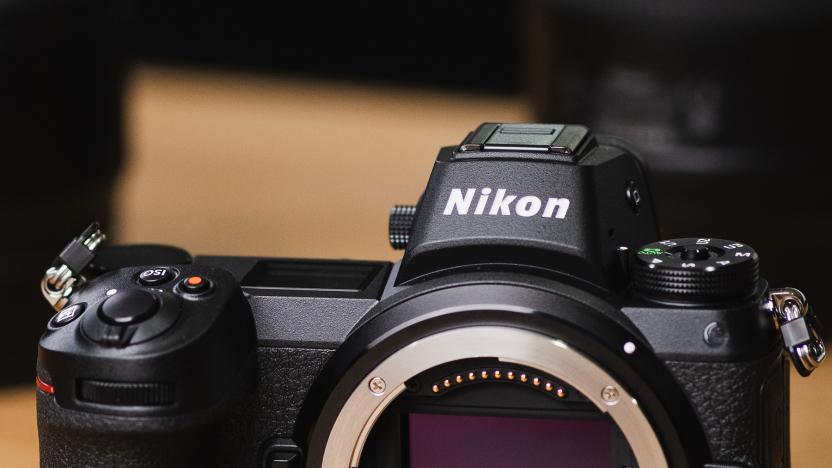
What makes mirrorless cameras unique?
While most photographers have left film far behind, many of us are still reliant on another piece of camera tech that's over 70 years old: a mirror. Mirrorless cameras ditch that mirror to let lenses project light directly onto the sensor, and that leads to a host of other differences in how they capture images when compared to their DSLR forebearers.
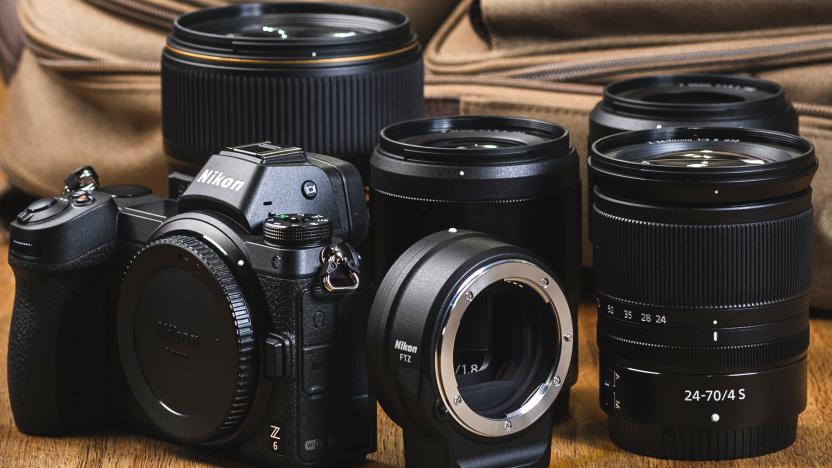
How to pick a lens for your mirrorless camera in 2019
When buying a mirrorless camera, there's an equally crucial side question: What lenses do I need for this thing? The glass you place in front of that sensor plays a key role in how your photos or videos look and what kind of shooting you can do. It's a complex decision too. You need to consider factors like sharpness, distortion, speed, prime or zoom and, most important, price. In this guide, I'll touch on all that and look at some of the best lenses for Sony, Canon, Nikon, Fujifilm and Micro Four Thirds mirrorless cameras.
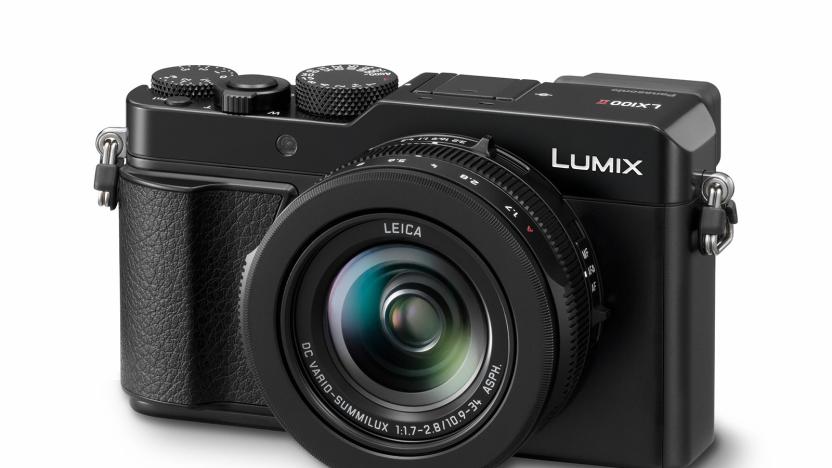
Panasonic's LX100 II gets a resolution boost and touchscreen
Panasonic has launched the Lumix LX100 II, a compact camera for photographers who might want a bigger sensor than on models like Sony's RX100 VI. The biggest change over the last model is a higher resolution 17-megapixel Four Thirds MOS sensor, a large boost over the 12.8-megapixel chip on the last model. It has much lower noise levels, even at high ISOs, meaning you can get clean shots at up to the maximum 25,600 ISO. It also gained a touchscreen, making it easier to manually set focus points, exposure and other functions.
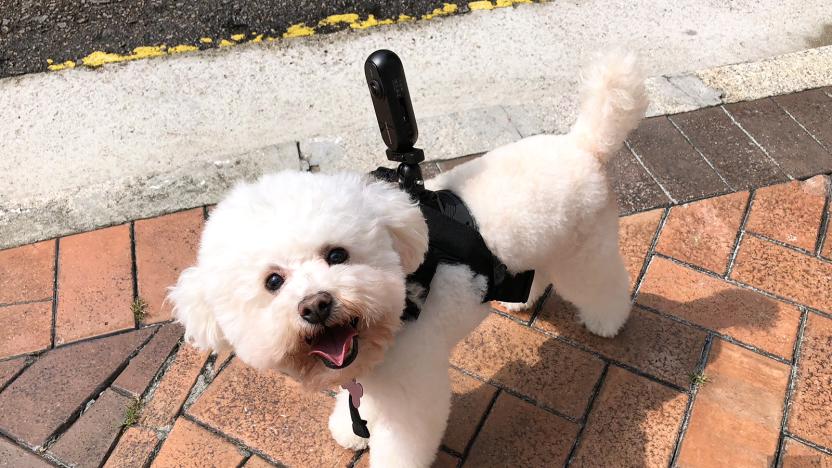
Insta360 One update adds 'pro-level' video stabilization
The Insta360 One made quite an impression when it launched about half a year ago, but even with its 4K 360 capture and bullet-time trick, there was always room for improvement. Today, this camera is receiving a major update that adds a much improved "FlowState" video stabilization, along with two new tools that should make fix-frame video editing more intuitive. The company went as far as calling this "pro-level" package a "gimbal killer," and indeed, the official video does show some impressive sample clips, but it wasn't until I tried it myself -- thanks to the help of my dog -- that I was convinced.

Fujifilm targets video shooters with the new flagship X-H1
Fujifilm has put Sony and Panasonic on notice with the X-H1, its new flagship APS-C mirrorless that excels at both photography and video. It sports a 24.3-megapixel X-Trans CMOS III sensor housed in a body with features from the ergonomically excellent X-T2 and medium-format GFX 50S. Fujifilm calls it "the highest performance camera in the X series lineup," thanks to features like true DCI 4K video (4,096 x 2,160), 14 fps max burst shooting and, for the first time in a Fujifilm camera, 5-axis in-body stabilization.

Panasonic's GX9 packs 4K video and more into a tinier body
Panasonic's Lumix GX8 flagship compact was already a pretty innovative camera back in 2015 with 4K video, stabilization and a relatively high resolution 20.3-megapixel sensor. The next generation Lumix GX9 builds on that tech, but lowers the price and fits it into a new body borrowed from the GX85. That's a good thing -- the GX85 is a nice-looking, very compact camera with physical dials, and the GX9 brings its bigger sensor, tiltable electronic viewfinder (EVF) and other nice perks.

Olympus' tiny Pen E-PL9 has 4K and image stabilization
Olympus has introduced the PEN E-PL9, giving its smallest Micro Four Thirds mirrorless camera a significant overhaul with the addition of 4K video and in-body stabilization. The new model carries the retro look of its predecessor, the E-PL8, but improves on it with a bigger grip and mode dial. It now packs the same 16-megapixel sensor, TruePic VIII processor and 121-point contrast-detect AF (with face and eye detection) as the larger OM-D E-M10 Mark III, but is still limited to 3-axis instead of 5-axis stabilization.

SteadXP’s DSLR stabilizer is a gimbal with no moving parts
If you've ever shot video handheld with a mirrorless or DSLR, camera shake may have ruined your day. To deal with it, you need a heavy-duty gimbal, but that can cost more than the camera. Another way is to fix it in post-production, but the results can be less than optimal. That's where the $350 SteadXP stabilizer comes in. It mounts on your hot shoe and measures all the motion with an accelerometer, then uses an included app to cancel it out. The results, I found, are quite good -- provided you keep its limitations in mind and have the time and patience for the process.

Pentax's new KP DSLR shoots in incredibly low light
Pentax has released the KP, weatherproof, compact DSLR with five-axis body stabilization, extreme low-light-sensitivity and a pretty off-beat design. The standout feature is a ridiculously high 819,000 ISO, a setting that would let you shoot with almost no light. That puts it ahead of every other camera, except perhaps Sony's Alpha A7II S. In fact, the Pentax KP, like most other cameras nowadays, likely uses a new Sony sensor -- so don't be surprised to see other new APS-C models with that kind of capability soon.

GoPro sells the Karma's stabilizer grip by itself for $300
No, you still can't buy GoPro's Karma drone in the wake of the recall, but you can get a taste of the technology that came in the box. GoPro has started selling the Karma Grip, the stabilization wand that takes the jitters out of your Hero5 Black or (with a $30 harness) Hero4 Black/Silver camera footage. Spend $300/£250 and you can capture a bike ride or snowboarding adventure without making your friends motion sick. There's a mounting ring to attach it to wearable accessories, too, so you don't have to give up one of your hands while you use it.

Facebook promises to stabilize shaky 360-degree videos
Shaky video is already a problem with conventional cameras, but it's much worse with 360-degree and virtual reality cams. Your bumpy mountain bike ride won't be so exciting to watch if it makes viewers queasy. However, Facebook might just save the day: it's testing an algorithm designed to stabilize 360-degree shots. The approach blends 2D motion models with 3D reconstruction to reduce the unwanted effects in immersive footage, such as the bobbing camera movements, lens deformations and stitching between cameras.



